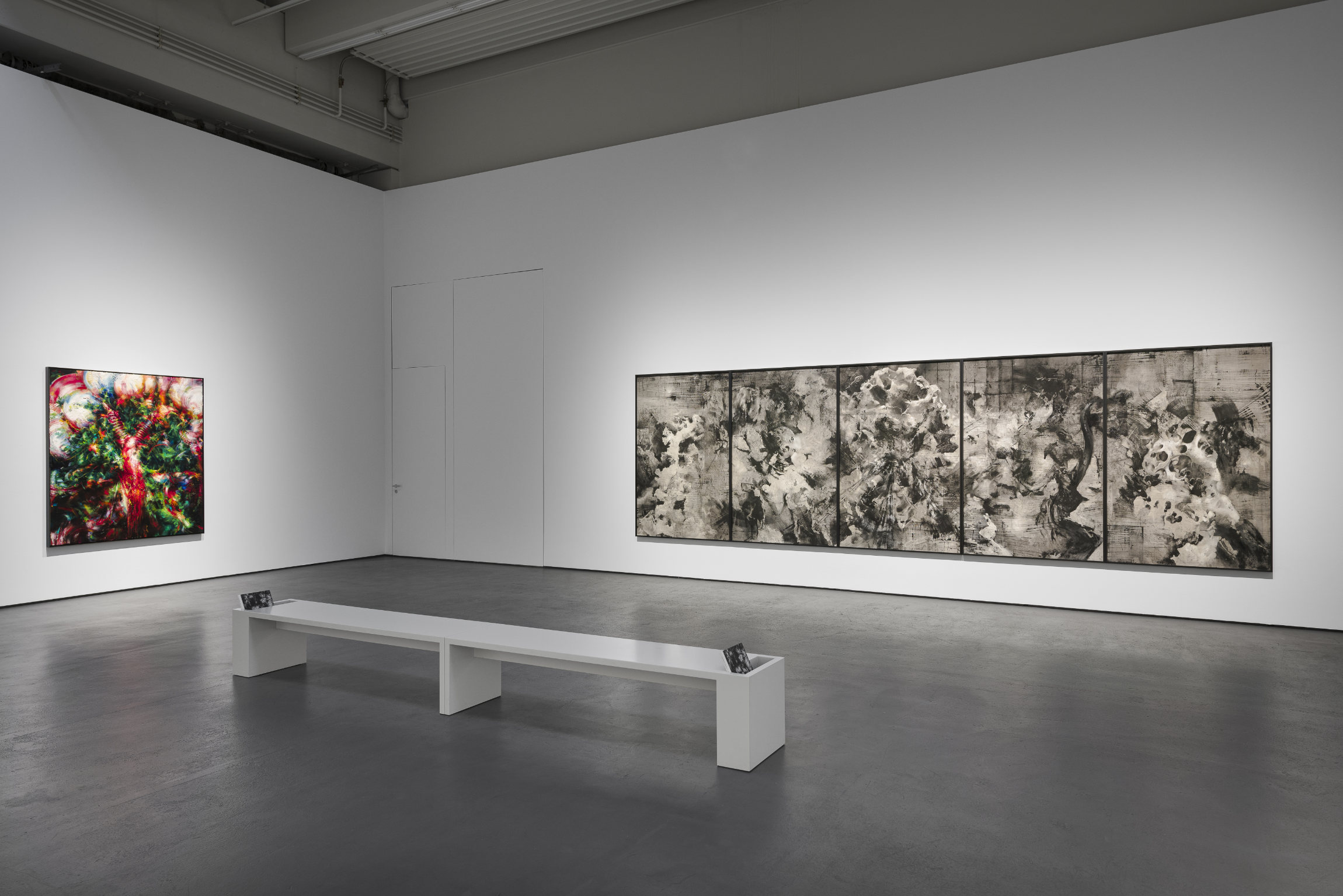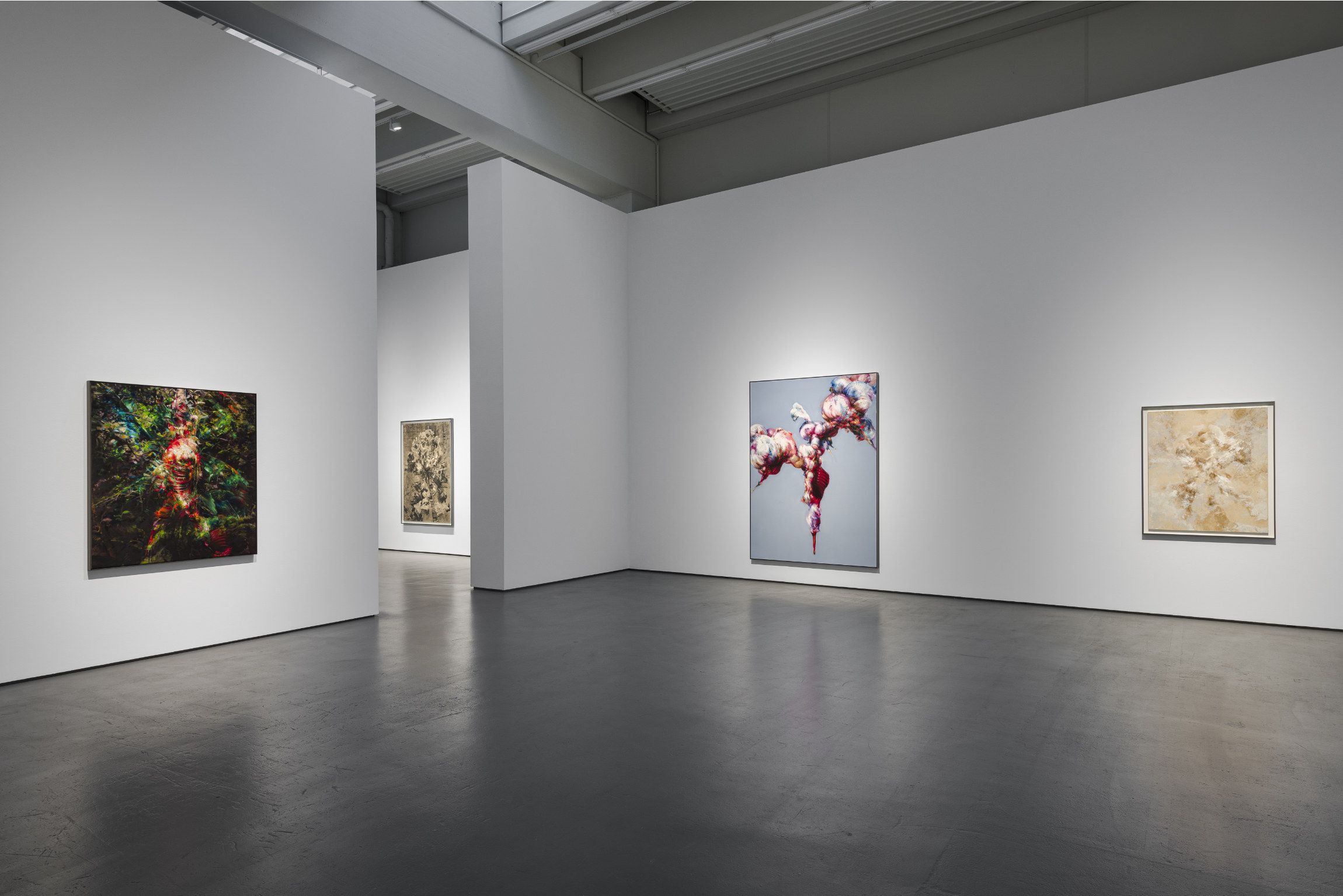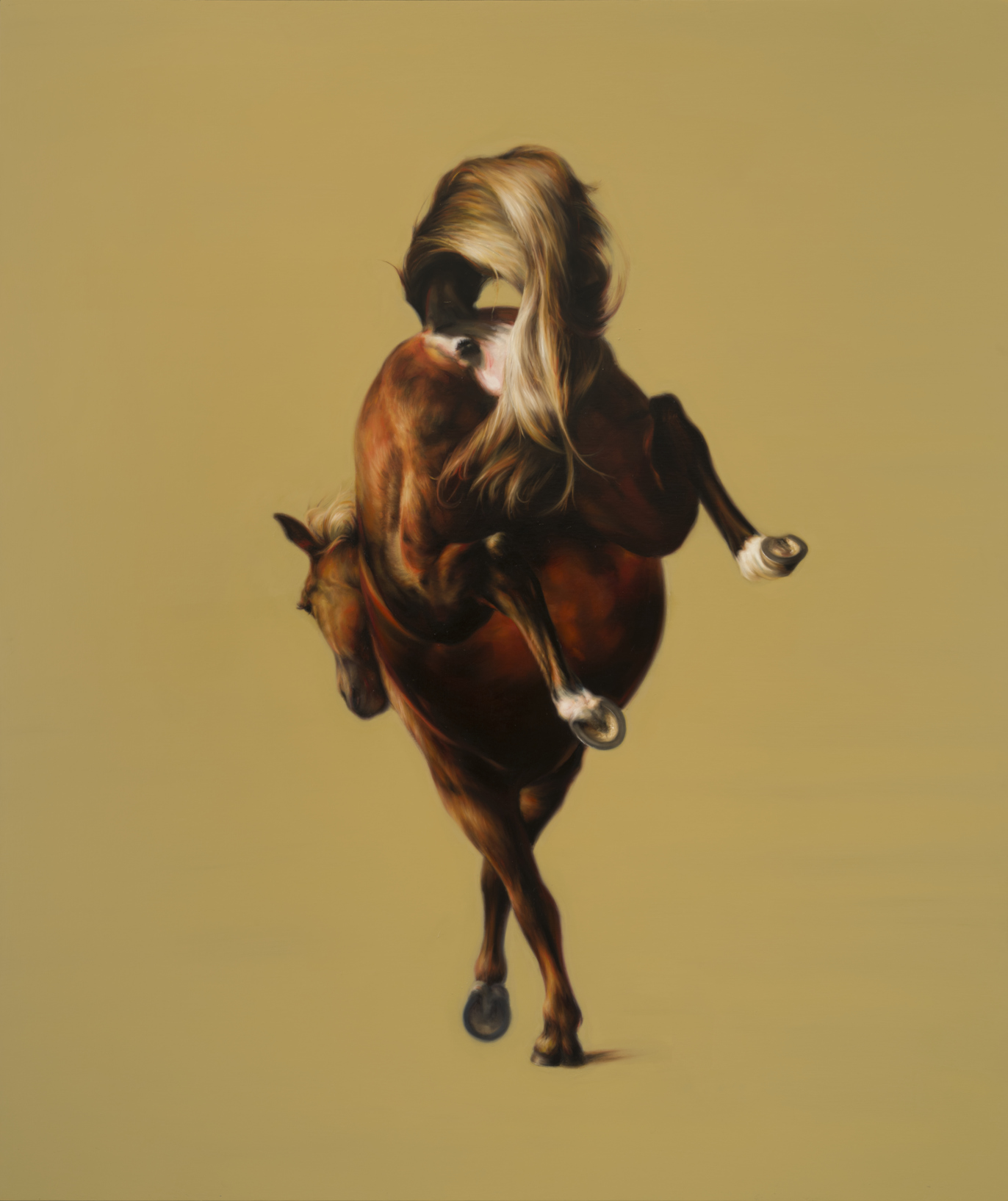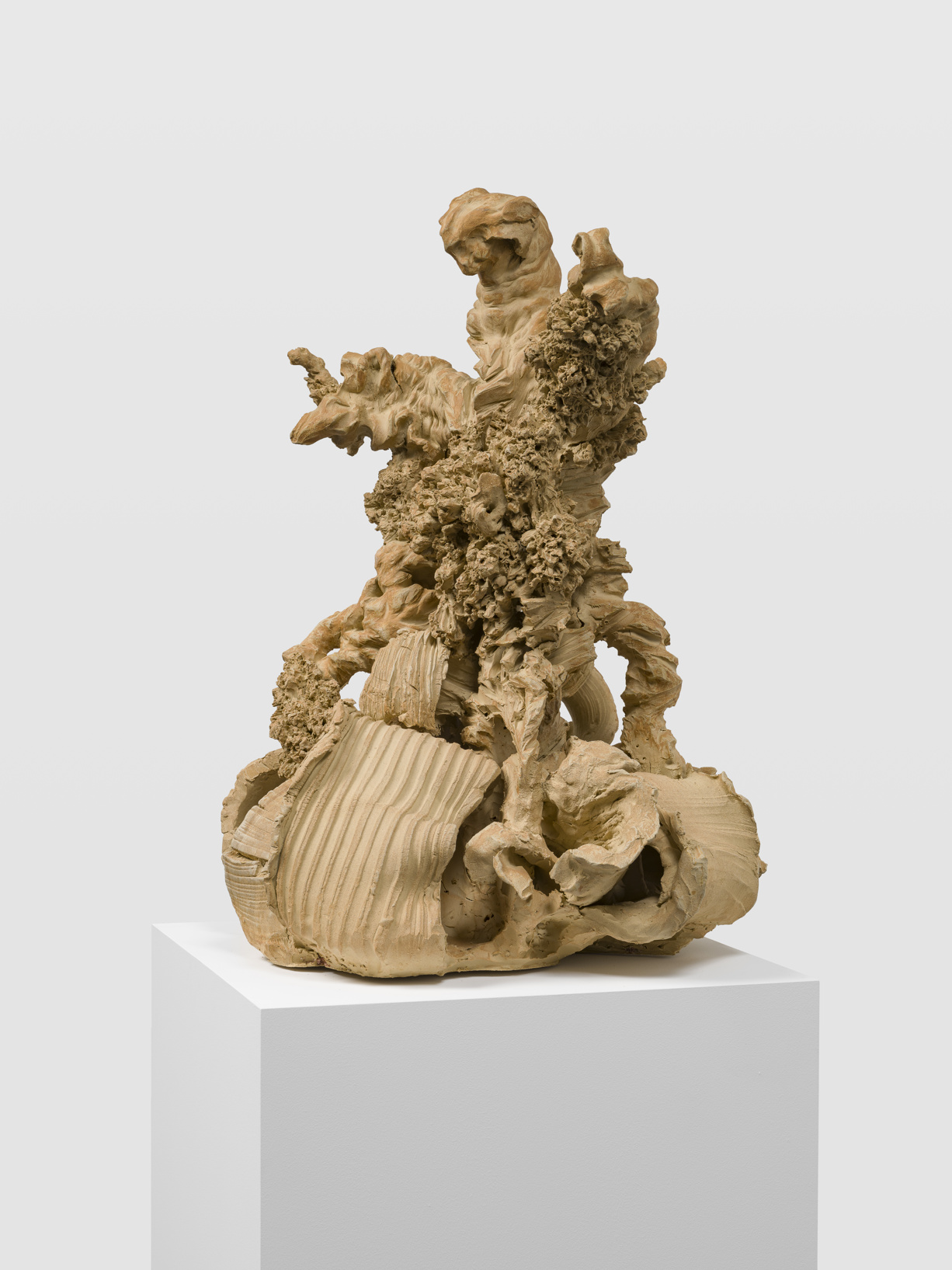Hugo Wilson
The Raft
Works

State I
2023
Oil on linen, mounted on panel
295 × 247 cm
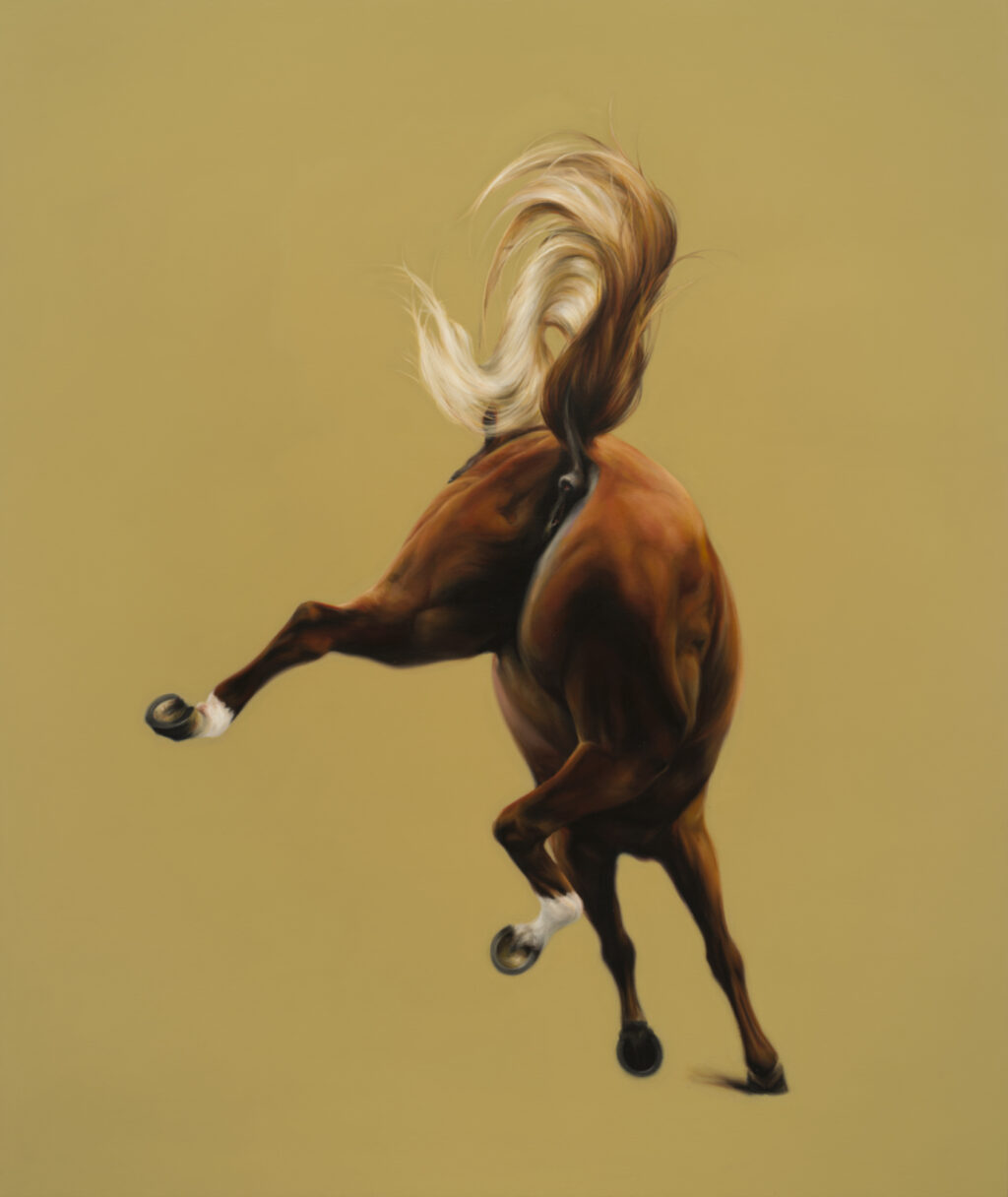
State II
2024
Oil on linen, mounted on panel
295 × 247 cm

Alloy
2024
Oil on panel
52 × 42 cm
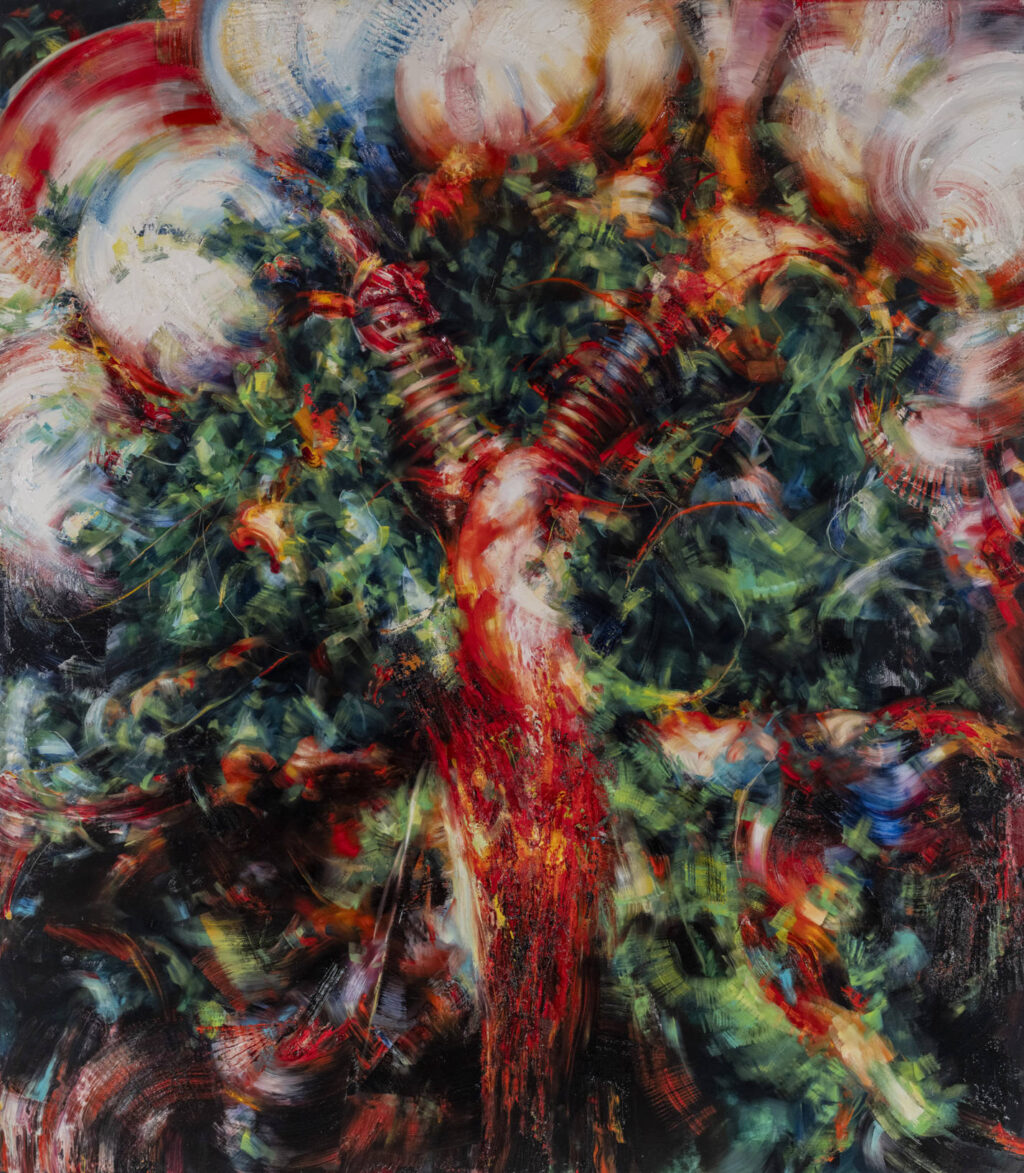
Corporal
2024
Oil on panel
186 × 163 cm

Temporal
2023
Oil on panel
145 × 127 cm

Colonnade
2023
Charcoal, pastel, and ink on paper, mounted on aluminum
510 × 150 cm


Precedence
2024
Charcoal, pastel, and ink on paper, mounted on aluminum
193 × 141 cm

Incarnate
2023
Oil on canvas, mounted on panel
240 × 175 cm

Tap
2024
Ink, oil bar, and pastel on paper, mounted on aluminum
140 × 115 cm

ReTro
2024
Oil on canvas, mounted on panel
141 × 115 cm

Fish Bowl
2024
Oil on canvas
42 × 42 cm

Theater
2023
Charcoal, pastel, and ink on paper, mounted on aluminum
199 × 645 cm

Ex Nihilo I
2023
Ceramic
72 × 48 × 47 cm

Ex Nihilo II
2023
Ceramic
60 × 39 × 35 cm
About
Hugo Wilson has chosen “The Raft” as title for his upcoming Berlin exhibition. Of course, this immediately evokes associations with the most famous raft in art history, Gericault’s Raft of the Medusa – and inevitably with the theme of “salvation.” So how does this tie in with this exhibition, the first in which his abstract and his figurative works are shown side by side?
Firstly, we need to understand the two poles between which Wilson’s work oscillates. On the one hand, there are the figurative, highly tangible compositions in which animals play a decisive role. They are metaphors of complex processes and moments – not in the animal kingdom, but in our highly technological human societies. The double monkey, for example, that we see in ReTro is the result of recent cloning experiments. The symbol in the background even refers to the corresponding laboratory. Wilson’s horses (State I and II) can also be read symbolically. They are versions of the famous painting Whistlejacket (1762) by Georges Stubbs, which is now one of the icons in the collection of the National Gallery in London. It shows a proud, life-size racehorse set against a flat, monochrome background. It was a bold, highly unconventional picture in an era in which only high-ranking personalities were portrayed in such a manner. Stubbs’ masterpiece, which excludes any reference to a rider, became an emblem of British self-assurance and vigor – in other words, an image that definitely signified state power. Hugo Wilson has picked up on this, turning the animal that in Stubbs’ painting looks at us as it climbs so that it now turns its backside towards us, kicking at the viewer with its hind legs. The animal couldn’t care less about our metaphorical presumptions and its national significance. His meticulously rendered, masterful portraits show that Wilson has a contemporary approach: he is interested in what certain motifs stand for – and indeed why. How do certain images become symbols, a foothold, a saving raft in a sea of indeterminacy and ambiguity? And what happens when these symbols lose their clarity and certainty? How could this even happen?
Continue reading
Surprisingly, at the other pole, the artist’s abstract works follow the same path. These paintings and very large drawings have a figurative starting point, which in intensive over-workings are abstracted beyond recognition. In most cases, the viewer is unable fully follow this path that the artist has chosen. We happily pick up on the few clues that the artist gives us in his compositions: We make associations, try to discern what is intended and what is actually painted – and seek an interpretation for it. It’s our very human need for clarity, our quest for meaning and purpose – to escape the realization that we are, essentially, lost. So even the smallest clue can become a “raft” of our understanding. And this closes the circle of considerations that Hugo Wilson takes us on in this exhibition: Because the rafts we save ourselves onto are a shaky affair. As soon as we think we are standing on safe ground, they are certain to come apart again and our understanding is shattered. And that, unfortunately, is the somewhat disturbing conclusion we deduce from our journey through Wilson’s pictures: we will never quite reach solid ground.

